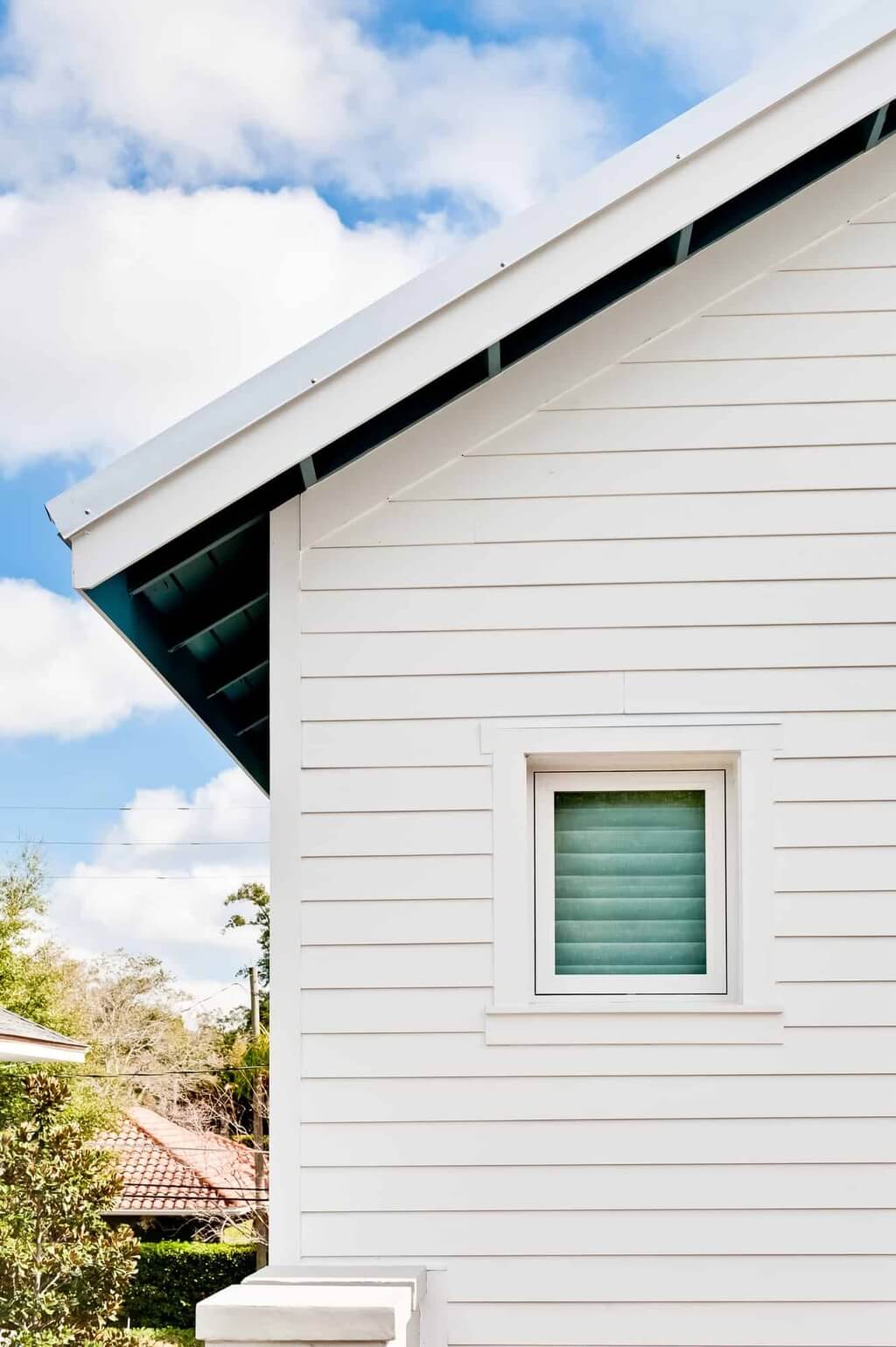Are you an old soul seeking timeless beauty in your wood-paneled home? However, in this day and age, maintaining a wooden exterior might be difficult. People are preferring stronger materials such as cement and steel. However, Hardie plank siding may give the ideal balance of durability and attractiveness. It is the most popular siding brand in North America, safeguarding and embellishing homes from all over the world. In comparison to plaster or concrete block siding, Hardie Plank has a more natural appearance and may imitate the look of wood siding.
You must be wondering how it is possible to achieve sturdiness with wood grain texture! The James Hardie Corporation manufactures Hardie Plank, a siding material consisting of cementitious elements and cellulose. They come in many designs, including trim boards, shingles, panels, and lap siding.
Additionally, they are produced with a variety of grain patterns, including stucco, seamless, and hardwood texture. If you intend to update your exteriors, continue reading to learn more about this durable siding solution.
What Materials Are Used in Hardie Plank Installation?
The essential components of James Hardie lap siding are cellulose fiber, Portland cement, and sand. If you tear a piece of Hardie Plank, you’ll find a rigid core interwoven with wood fibers inside. Its hardwood component, however, does not add to its distinct natural wood effect. It is generally the consequence of embossed texture. Hardie Board Siding was created with energy efficiency in mind. The composition is not fireproof but is also regarded as fire-resistant.
5 Styles of James Hardie Lap Siding
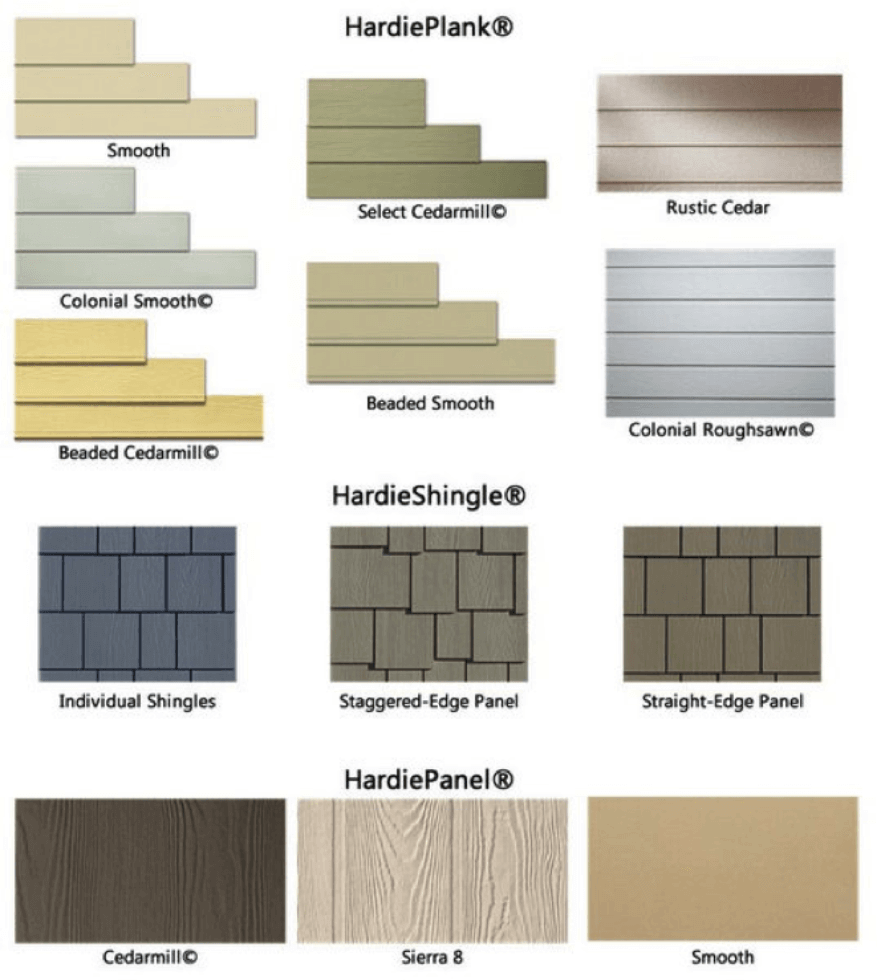
Four different HardiePlank lap siding designs are available for homeowners to select from so they may customize their homes appearance:
1. Traditional Lap
The horizontal siding of this style is the most popular Hardie panel style. Here, the bottom of each board is slightly overhanging the board below it as it is horizontally put out in traditional lap siding.
2. Beaded Hardie Plank Siding
Beaded siding is made out of horizontal planks connected by a little pellet strip. While beaded smooth provide your house a sleek, modern appearance, the beaded cedar mill style gives it a rustic vibe.
3. Custom Colonial James Hardie Lap Siding
In this lap sinding style, bigger horizontal boards are divided by slim, inverted siding segments. Colonial Roughsawn and Colonial SmoothR, which are both available in smooth and wood-like finishes, replicate the conventional, vintage appearance.
4. Shingle Edge Hardie Plank Siding
Your home will have a traditional but rustic appearance with this design. This shingle type is composed of little shingle boards cut at varying lengths but the same height to provide a crisp accent to each horizontal line.
5. Scallop Shingles Hardie Plank Siding
Scallop shingle design provides your property with a historical and seaside look. This aesthetic is created by using little shingle planks with semi-edges to create a fish-scale effect.
Why Should you Install Hardie Board Siding?
1. Hardie Plank Siding Cost
HardiePlank and other major types of fiber-cement siding are often more costly than vinyl siding. Generally speaking, these cost around three times as much as vinyl siding. The cost of your Fiber cement siding varies substantially depending on the environment, the number of workers, and the market demand for the materials.
2. Maintenance
It may be necessary to do routine maintenance on painted HardiePlank boards to maintain color consistency. You have to repair any areas where the paint has been washed or scraped by falling objects, most likely during stormy weather.
3. Prolonged Installation Time
Hardie Board siding’s hefty weight makes it more difficult to manage than other siding products. This makes installation more complex. To guarantee the warranty remains valid, installation should only be performed by James Hardie-qualified specialists.
5. Higher Resale Value
You should be sure to recoup your initial investment if you choose HardiePlank for your home’s exterior. This is due to the high cost of HardiPlank siding and the increased value it gives your property. It is questionable whether you will be able to recoup your initial investment with other forms of siding, notably vinyl siding. According to experts, installing fiber-cement siding is an upmarket siding job that will repay the bulk of your initial investment when you sell the property.
6. Fire Resistance
HardiePlank contributes no combustibles to a fire. Vinyl siding, on the other hand, vinyl siding is made from petroleum and contributes greatly to fires. Wood is quite flammable. As a result, it is classified as fire-resistant but not fireproof. While fiber cement does not burn, it is not as fireproof as cement-asbestos shingles.
7. Impressive Warranty Schemes
James Hardie fiber cement siding is so dependable that it comes with a 30-year, non-prorated transferable guarantee. ColorPlus Hardie siding also comes with a 15-year transferrable, non-prorated guarantee. When a manufacturer is ready to back up its products like James Hardie, it provides homeowners peace of mind.
Top 3 Factors to Consider While Installing Hardie Plank Siding Installation
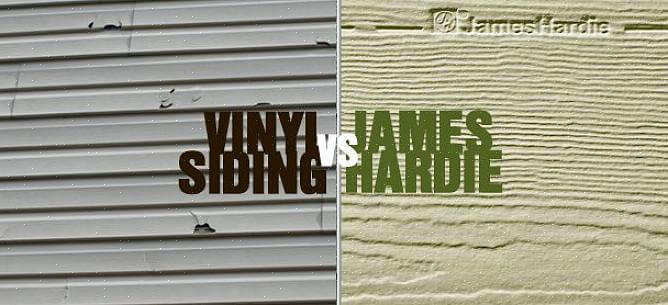
1. Hardie Plank Siding Cost
HardiePlank and other major types of fiber-cement siding are often more costly than vinyl siding. Generally speaking, these cost around three times as much as vinyl siding. The cost of your Fiber cement siding varies substantially depending on the environment, the number of workers, and the market demand for the materials.
2. Maintenance
It may be necessary to do routine maintenance on painted HardiePlank boards to maintain color consistency. You have to repair any areas where the paint has been washed or scraped by falling objects, most likely during stormy weather.
3. Prolonged Installation Time
Hardie Board siding’s hefty weight makes it more difficult to manage than other siding products. This makes installation more complex. To guarantee the warranty remains valid, installation should only be performed by James Hardie-qualified specialists.
Why is Hardie Plank Siding Expensive?
As previously said, this siding material is rather pricey. Fortunately, the high upfront cost is recouped in the long term due to the longevity of fiber cement and its high resale value. Let us examine the variables that contribute to the high cost of these durable panels.
- HardiePlank has a limited supply compared to the material’s strong demand, driving increasing its price.
- Fiber cement siding installation is more time-consuming than vinyl siding installation.
- Many siding companies install vinyl siding, but there are fewer who do fiber-cement siding.
- Given that this substance is much heavier than vinyl, shipping charges are greater.
- Fiber-cement siding is typically painted after installation to provide the desired look and texture.
How to Install Hardie Plank Siding
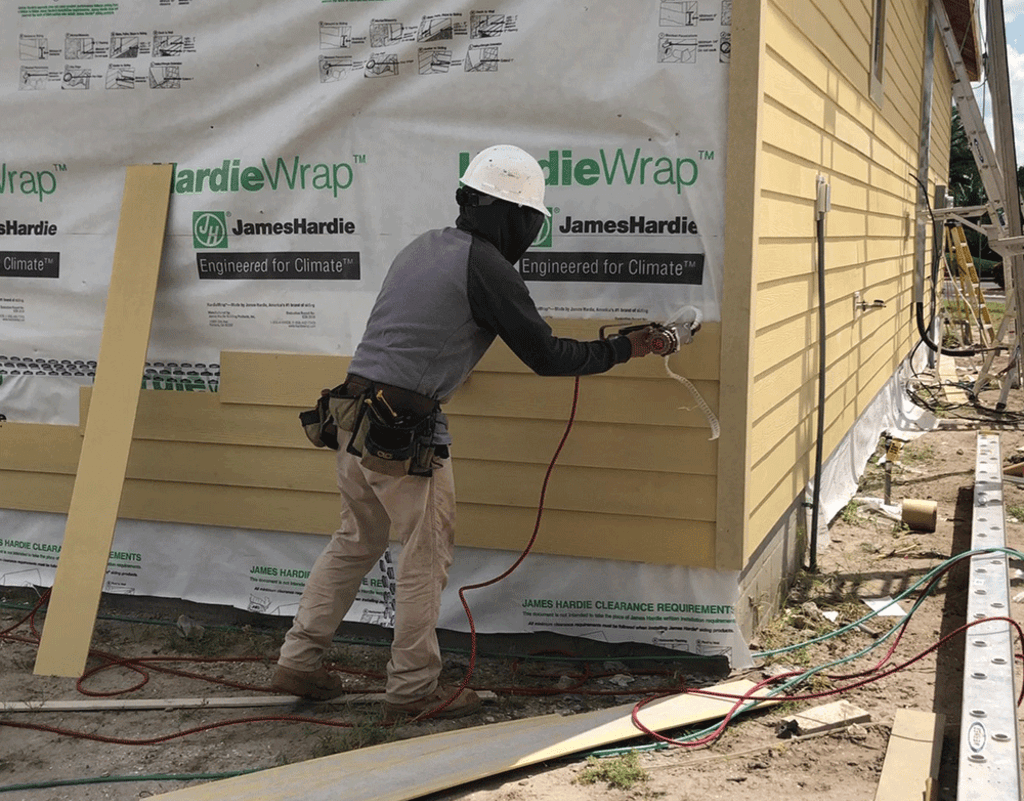
It is advised that you use James Hardie Brand pros to install the slide. Even if you are installing it yourself, keep your safety in mind and follow the instructions.
1. Prepare the Wall
To begin, cover the walls with foam, chipboard, or oriented strand board. The sheathing should then be covered with a felt sheet or household wrapping. Then, using chalk lines, indicate the placements of the studs.
2. Cutting the Sidings
Next, you have to cut the Hardie planks into your desired size. The most common way to cut siding is with a circular saw. It does, however, generate the greatest dust. Other options include fiber cement shears, sawing, and scoring.
3. Nailing
You may either blind nail or face nail the siding. It is possible to hand-nail fiberboard cement siding, but you must predrill holes close to any edges. This is because it is so much tougher and more brittle than wood. You may save a lot of time by utilizing a pneumatic coil siding nail gun.
4. Trim Installation
Trim materials include vinyl, wood, and fiber cement. You’ll also need to make space for caulking. Allow space for up to two stacked Hardie boards. Begin by attaching the trim to the inner and outside corners of the wall.
5. Siding Installation
After you’ve finished the trim boards, use a story pole to lay down the siding courses. The house’s fiber cement cladding needs to be at least 6″ above grade. You must also provide a space between horizontal surfaces such as steps, decks, or neighboring roofs.
Hardie Plank Siding: An Engineering Masterpiece
After going through all the advantages of Hardie Plank Siding you probably admit that it is worth the hype! This Siding produces an outstanding home envelope with pest and fire-resistant properties. It features deep embossing, which gives it the appearance of real wood cladding. Also, it is paintable, unlike certain fiber cement siding choices. To summarize, Hardie Plank solves the majority of your external cladding problems while maintaining an elegant aesthetic.
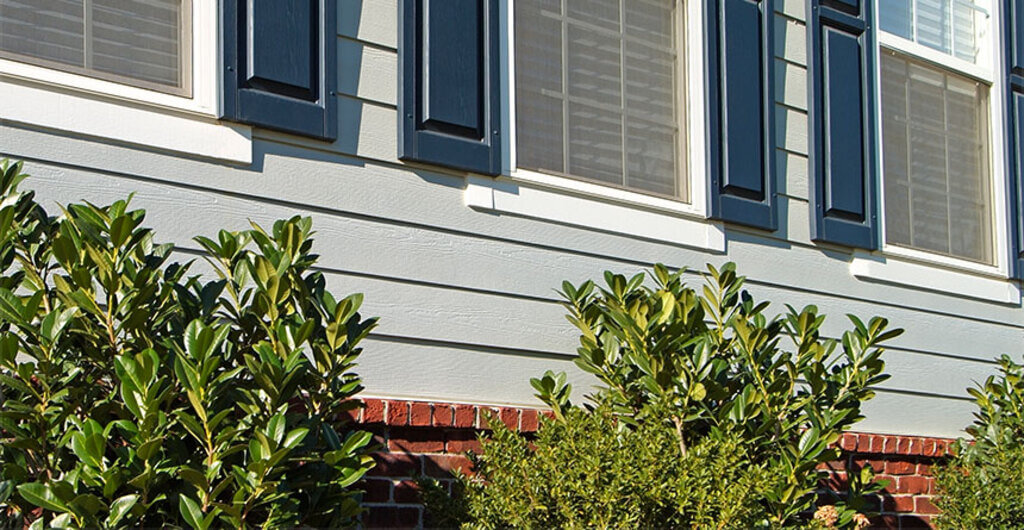
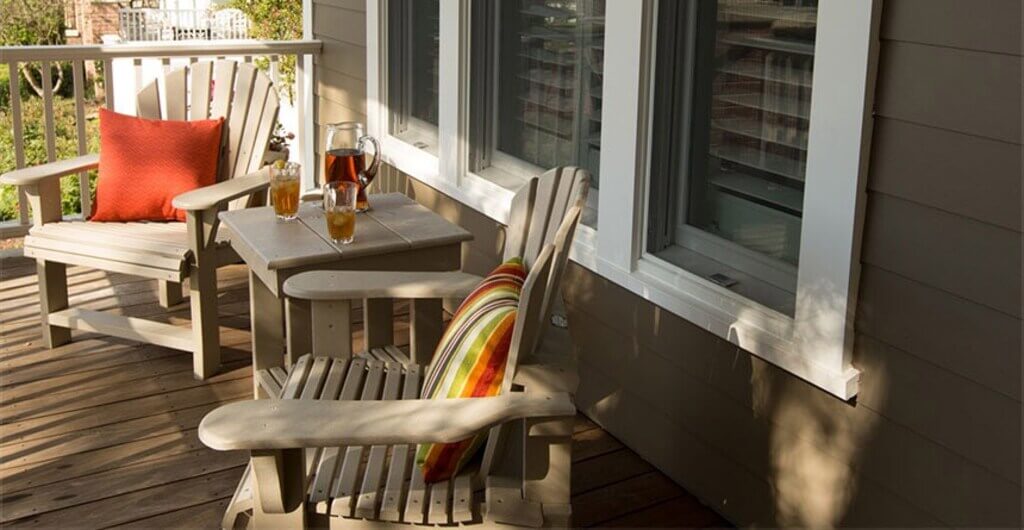
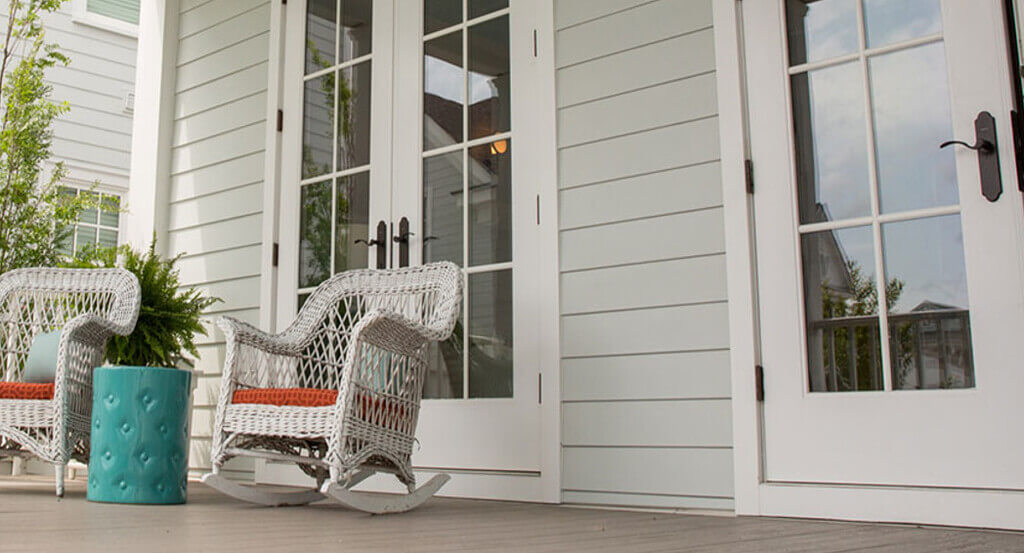
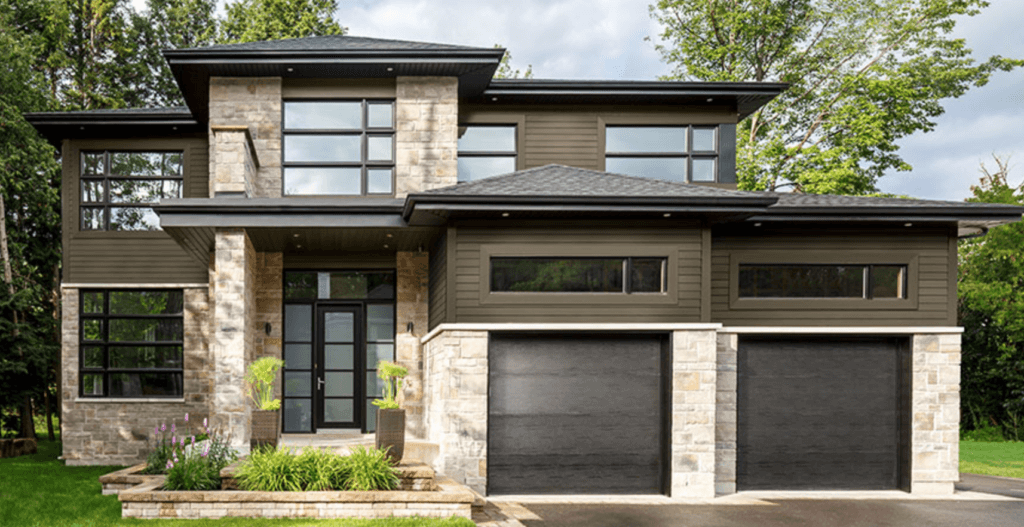
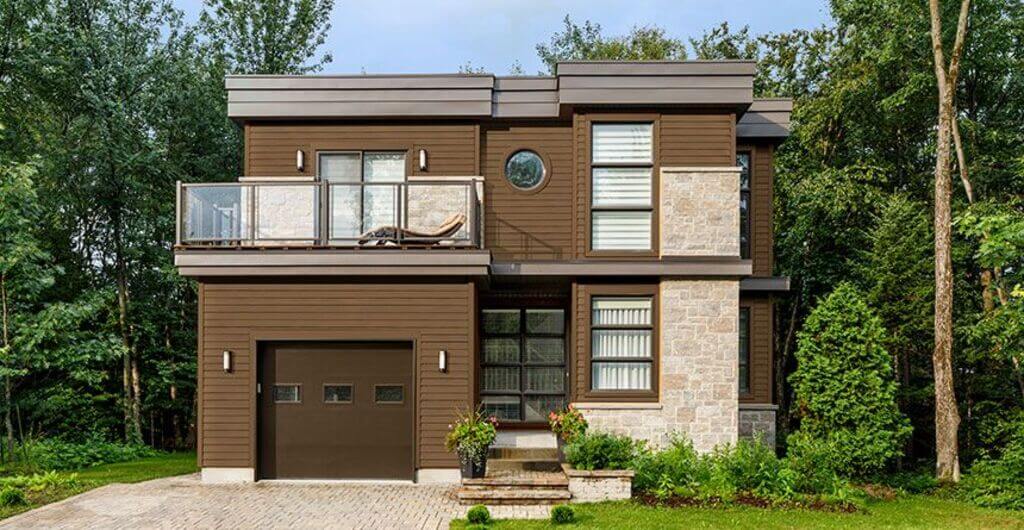
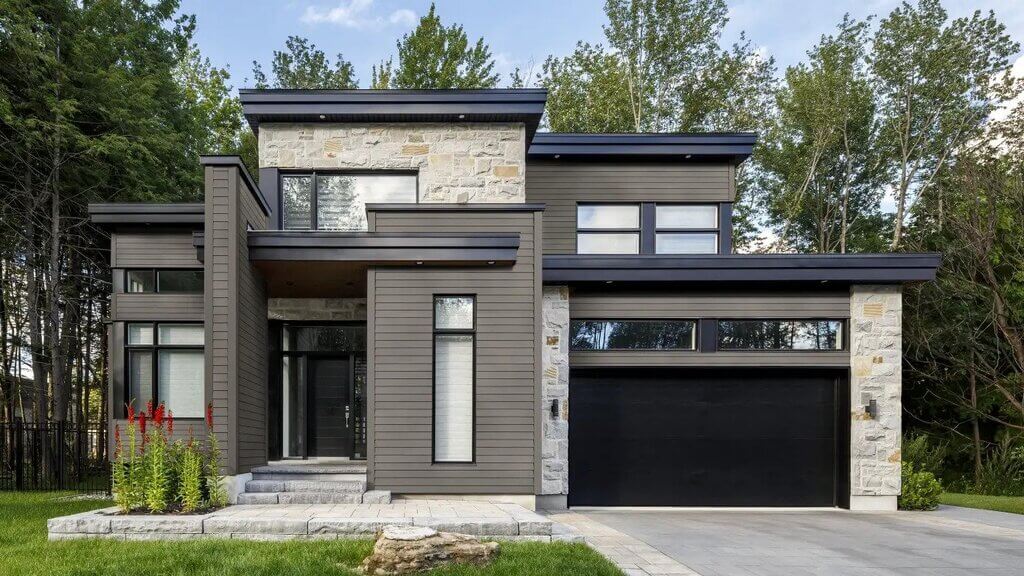
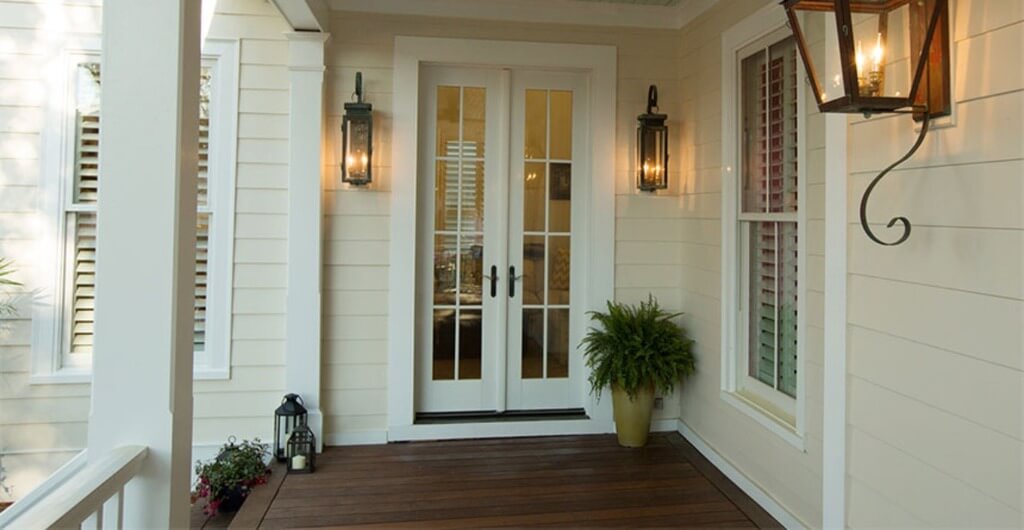
FAQs
Hardie Plank Siding is a better cladding option. Fiber cement siding is more durable and up to 5 times thicker than vinyl siding. It effortlessly withstands the weather, defying damage from rain, snow, strong winds, and hail. Furthermore, provides years of protection with minimal maintenance.
James Hardie recommends and advises installing Hardie Plank lap siding using the blind nailing technique, which conceals fasteners beneath the course above.
Hardie plank siding is more expensive than vinyl siding, but it also lasts longer. As you evaluate this part of your selection, keep in mind that you will be able to enjoy this exceptional siding for up to 50 years.
Fiber cement does not decay and does not bend or warp. As a result, it is brittle and stiff. Also, It is resistant to mold, mildew, and fading, although it, like all things, can become soiled with time.
Hardie plank is impenetrable to factors such as rain, strong winds, and humidity because of its unique combination of concrete and other composite components. The fact that cement does not absorb moisture means that this siding never rots, swells, or warps.
Continue reading:


